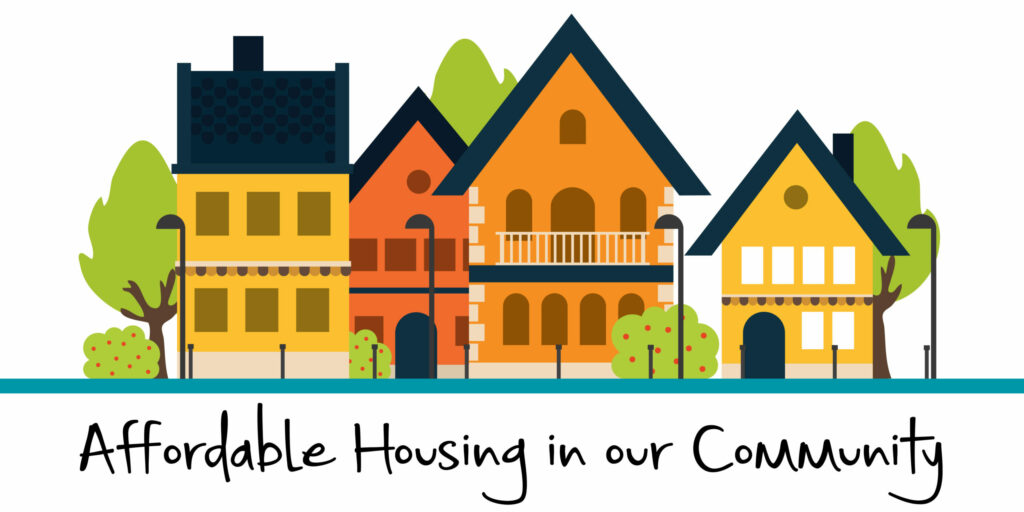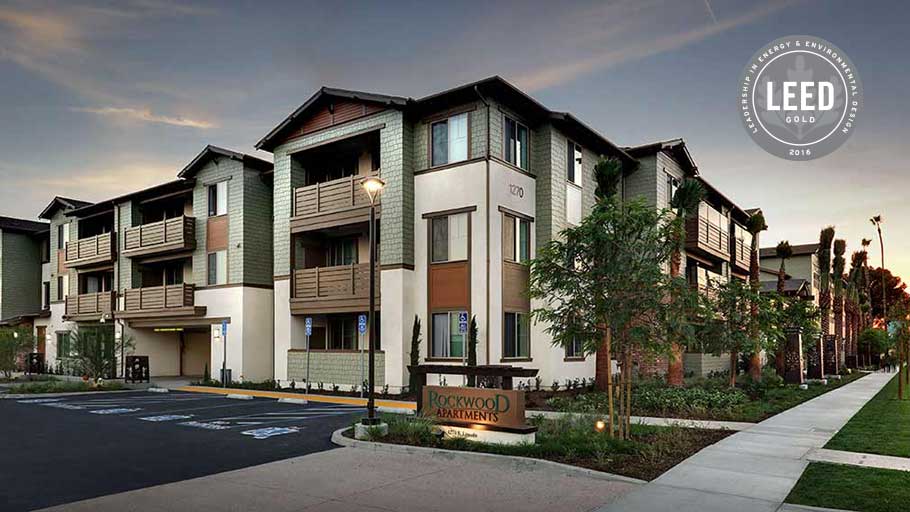Practical Tips for Finding Success in Affordable Homeownership in The Current Market
Practical Tips for Finding Success in Affordable Homeownership in The Current Market
Blog Article
Affordable Homeownership Options for First-Time Homebuyers
As the real estate market proceeds to advance, novice property buyers encounter unique obstacles in protecting budget-friendly homeownership alternatives. These initiatives not just help with homeownership yet additionally foster neighborhood security and financial development.
Federal Government Assistance Programs
Entitlement program programs play a critical function in making homeownership achievable for several individuals and family members. These programs aim to relieve the monetary worry related to buying a home, particularly for newbie customers. By using financial assistance, grants, and tax obligation incentives, federal government efforts assist connect the space in between climbing real estate prices and the buying power of possible house owners.
Numerous programs are available at the government, state, and local levels. For instance, the Federal Housing Administration (FHA) supplies insurance on car loans, permitting lenders to provide extra positive terms, such as reduced deposits and decreased interest rates. In addition, state and city governments typically have their very own efforts, which may consist of down payment aid programs, buyer education and learning programs, and positive home loan terms.
These programs are developed to address the one-of-a-kind difficulties encountered by reduced- to moderate-income households, consisting of limited financial savings and credit report. By cultivating an environment where homeownership is extra accessible, entitlement program programs not only sustain specific ambitions yet also contribute to community security and economic growth. Understanding and using these sources can substantially enhance the prospects of successful homeownership.
Low-Down-Payment Home Loans
For numerous aspiring house owners, low-down-payment mortgages present a viable path to homeownership, particularly in today's tough real estate market. These home loan alternatives generally need down payments varying from 3% to 5%, making it simpler for newbie purchasers to get in the marketplace without the burden of saving for a significant down payment.
Different lending institutions use low-down-payment programs, including standard financings backed by Fannie Mae and Freddie Mac, along with government-backed choices like FHA lendings. These home mortgages are made to accommodate people with restricted financial savings while still providing competitive rate of interest. Notably, they allow customers to maintain more cash for various other important expenses, such as relocating prices, home assessments, and potential renovations.
However, prospective home owners should be conscious of the trade-offs linked with low-down-payment mortgages. A smaller sized down payment may result in greater monthly repayments and the need of private home loan insurance policy (PMI), which protects lending institutions in situation of default. It is crucial for novice customers to carry out detailed research and seek advice from with home mortgage professionals, guaranteeing they choose a low-down-payment alternative that lines up with their lasting monetary objectives.
First-Time Homebuyer Grants
Numerous new homebuyers find that grants can substantially relieve the financial burden of purchasing a home, enhancing low-down-payment home mortgage choices. These grants, usually offered by state and non-profit organizations or local governments, offer monetary support that does not require repayment, making them an appealing alternative for those entering the housing market.
Qualification for new buyer grants typically relies on income, credit reliability, and the purchase cost of the home. Numerous programs are designed to assist reduced- to moderate-income family members, ensuring that support gets to those who require it most. The application process usually includes documentation of monetary standing, homebuyer education and learning programs, and in some cases even a dedication to remain in the home for a particular duration.
The quantity of support differs widely, with some gives offering several thousand bucks to assist cover shutting prices or deposits. Looking into available grants in your area is essential, as programs regularly alter and may have specific demands. By leveraging these funds, new homebuyers can make homeownership much more accessible, ultimately attaining their desire for possessing a home while mitigating the first financial strain.
Innovative Community Efforts
Ingenious area initiatives are playing a critical role in next page increasing cost effective homeownership alternatives for locals. These efforts commonly include collective efforts in between regional federal governments, non-profit companies, and exclusive industry stakeholders to create sustainable real estate remedies tailored to neighborhood demands.
One significant approach is the facility of area land trust funds (CLTs), which allow homeowners to buy homes while the land continues to be had by the trust fund. This model aids preserve cost over time and stops speculative rate boosts. Furthermore, CLTs frequently offer instructional resources and support services to encourage novice buyers.
One more reliable effort is the development of mixed-income real estate projects, which blend budget friendly units with market-rate homes. This strategy promotes comprehensive communities and decreases the preconception often connected with low-income real estate. Neighborhood governments are significantly supporting zoning reforms to help with the building and construction of accessory dwelling devices (ADUs), which can provide extra rental earnings for property owners while enhancing real estate schedule.

Tips for Budgeting and Saving

Next, develop a devoted financial savings account particularly for your future home purchase. Objective to save a portion of your income constantly, ideally 20% or even more, to build a considerable deposit. Use automation tools, such as direct down payment or automatic transfers, to make conserving simpler and more consistent.
In addition, think about taking on the 50/30/20 guideline: allot 50% of your earnings to needs, 30% to wants, and 20% to financial savings and financial obligation payment - Affordable Homeownership. This method advertises well balanced financial health and wellness

Final Thought
In summary, affordable homeownership alternatives for first-time check over here buyers incorporate various sources such as entitlement program programs, low-down-payment mortgages, and grants. These efforts not only help with entry into the housing market however also promote area stability and financial development. By leveraging these monetary tools, individuals can navigate the complexities of homeownership, inevitably adding to a much more equitable housing landscape. Proceeded assistance and awareness of these programs are essential for improving access to homeownership opportunities.
As the housing market proceeds to progress, novice property buyers encounter one-of-a-kind obstacles in securing budget-friendly homeownership options. By fostering an atmosphere where homeownership is much more obtainable, federal government help programs not only sustain private aspirations however additionally add to neighborhood stability and economic growth. By leveraging these monetary sources, new buyers can make homeownership extra available, inevitably accomplishing their dream of owning a home while mitigating the first financial site link strain.
In summary, inexpensive homeownership options for new property buyers include different sources such as government help programs, low-down-payment home loans, and gives. By leveraging these monetary devices, people can browse the intricacies of homeownership, eventually adding to a much more fair real estate landscape.
Report this page